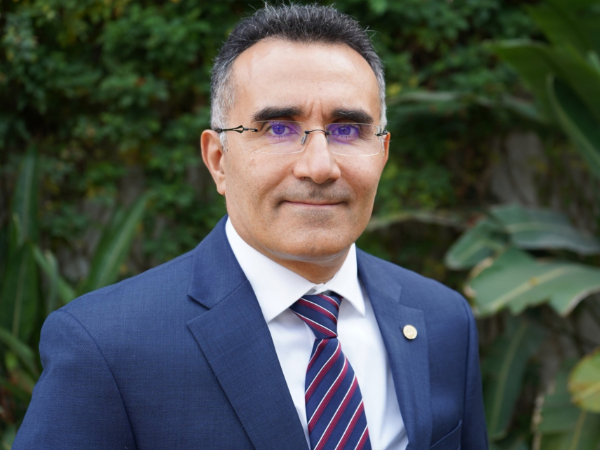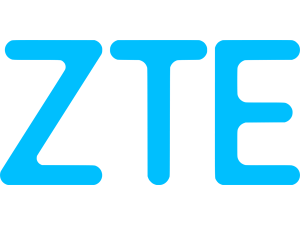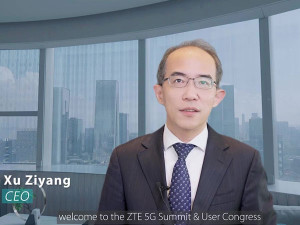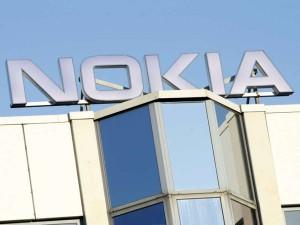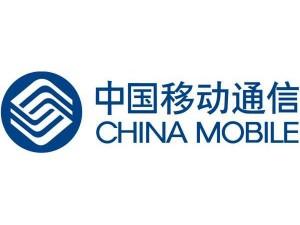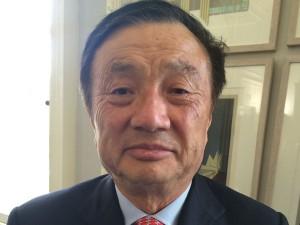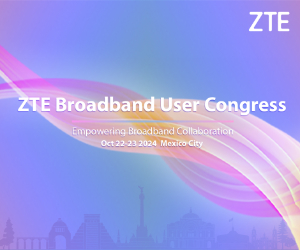At ZTE’s recent Wireless User Congress & 5G Summit in Vienna, DT Editor James Barton sat down to a roundtable with Zhang Jianpeng, Senior Vice President and President of Overseas Marketing, to discuss the Chinese vendor’s 5G strategy across various global markets.
ZJ: 5G is the hottest topic within the industry, especially this year. More and more countries are participating in the race for 5G deployment - a new technology appears in the telecom industry around once a decade.
At the initial stage, ZTE was a follower in 3G, but we caught up to the same level as our competitors in the 4G era, and now with 5G we are in a leadership position. We are opening a new door for business models with 5G; while 4G changed the lives of consumers, 5G will have a huge impact on other areas of the world across many industry verticals. We’re still in the early stages, but due to the long-term prospects and early investment in the technology, we are focused on simplifying 5G architecture and site deployment. This is difficult given the complexity of the technology.
What distinguishes ZTE from other 5G vendors in your opinion?
ZTE is an end-to-end provider, which sets us apart from our competitors. Having this full understanding provides the confidence to provide the best technology and customer experience. We also invest a lot in R&D, particularly in key components such as chipsets. We have an in-house design solution for all the key chipsets based on 5G. The past year has been a challenging period for ZTE but we’ve enhanced investment in compliance building, which is a key value creator. Enhancing these systems is the proper way to keep businesses sustainable, and we are one of the only vendors in the industry to build such a compliance system.
How easy will 5G be to deploy compared to 4G and 3G?
If we talk about 5G technology, it’s easy to say the technology is there, along with the equipment, the standards and chips, but to provide all of this in a box is an issue – and providing the best customer experience is even more challenging. If you want to provide this with 3G, then you need to have accumulated sufficient experience in 2G, so the same principle applies to 5G. You need a deep understanding, you know how to optimise your network and you understand the habits of end users. ZTE has large-scale customer experience in the global market, which provides us with this advantage.
We began our 5G research back in 2014, when the industry was still focused on 4G. At that stage, the standard was still under discussion – a lot of research was going in to finding out direction that 5G would take, and since we correctly recognised that massive MIMO would be a key technology, we had a time advantage, giving us greater confidence that we were ready for commercial launches of 5G.
If you observe the progress of 5G development, the transformation from 4G to 5G is much faster than it was between 3G and 4G. If you look at trial cases of 5G, most European countries are covered and even in Asia there are a lot of leading cases. We believe that due to many factors, ZTE can be a major contributor to the 5G industry.
What’s your strategy with regard to Asia?
Different countries and operators can be divided into different categories and stages across all regions. In Asia Pacific, China is the largest market and this cannot be ignored. This market will contribute efficiencies – especially around cost – and maturity of technologies to the industry. Asia Pacific has the largest portion of the world’s population – around 3 billion.
China, Korea and Japan are leading the way in 5G and are quite aggressive, expecting to recognise the revenue of 5G and investing heavily to trigger the transformation of the older industry. There are still a lot of challenges with 5G, but generally we can see that most countries – governments and regulators – are accelerating the preparation of 5G.
ZTE is trying to help make sufficient preparations; we collaborate with operators, regulators and governments to share understanding and practice to introduce successful experiences and use cases to their market. We have over 5 million 4G base stations in China, so we are a mature player in this market. We have a market share of around 35%, so it’s a strong base for us. We are pursuing a higher proportion of this with 5G.
What are the differences between regions with the launch of 5G vs. 4G?
In Europe, our 5G innovation and capabilities have attracted the attention of Tier 1 operators. With 4G, Europe was the first to launch the technology with Asia following. This generation, it’s happening in almost the same timeline, as Asian markets have aggressive plans to gain a leading position in the 5G space. This pushes us to achieve greater maturity with the technology, in terms of cost efficiencies, best practice of customer experience, and supply chains.
How much potential is there for 5G in less developed regions such as Latin America or Africa?
New technologies always come in waves; the first wave may be in Europe, the US and Asia, but with regard to Latin America we already have cooperation in place with some key customers. Latin America is a bit behind Europe as many markets are focusing on improving 4G penetration. However, there is real demand for the tech from end users, so our policy is to follow this demand through greater 5G cooperation with important regional customers.
Even in some of Africa, there are customers already preparing for 5G such as MTN – a partner we have commercial cooperation with. Now is a very important stage for 5G – not just for the industry at large, but for all vendors. We need to work out how to sensitively feel out the pace at which customers are adopting technology and how to attract their attention. The coming few years are crucial.




